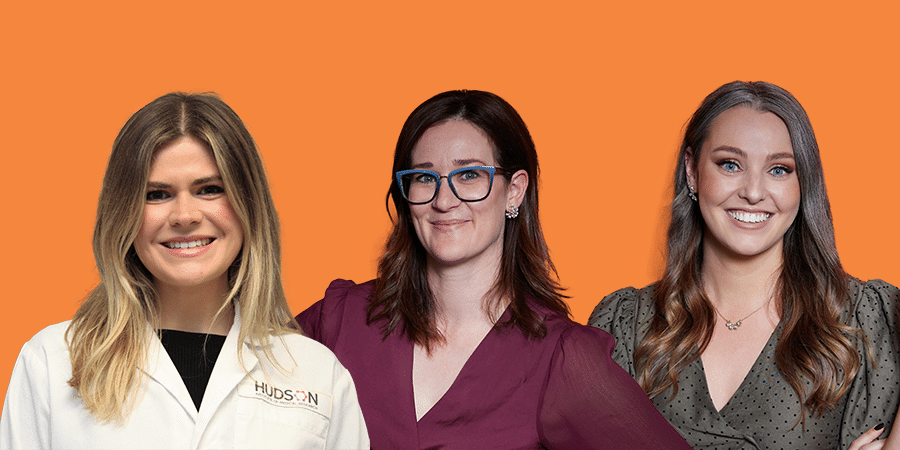
NSCs are known to be highly complex and challenging in research for a range or reasons. For instance, NSC treatment in future may require invasive neurosurgery to ensure the treatment gets into the brain. NSCs may also need to be given alongside strong medication that suppresses the immune system. Another complexity is where we source the NSCs from. Researchers from the Cerebral Palsy Alliance Research Institute (Dr Madison Paton and Dr Megan Finch-Edmondson) collaborated with those at the Hudson Institute to better understand the views of the CP community. Overall, they aimed to survey Australians and determine the acceptability of NSCs as a potential treatment for CP. This will be important to understand before NSCs move from the laboratory into clinical trials for treating CP.
This study, led by PhD student Madeleine Smith, obtained a total of 232 online survey responses. Hypothetical questions were posed to help understand the CP communities’ preferences and thoughts of NSC treatment. Encouragingly, there was a high level of acceptability of NSC therapy across the CP community. Even for the most ethically-complex cell type (foetally derived NSCs), 81% of participants did not have ethical concerns and would be willing to use NSCs derived from foetal tissue. Additionally, acceptability remained high even when considering the need for neurosurgery and the use of ongoing medication to help suppress the immune system, which can carry risks. Importantly, the survey also enabled respondents to express their preferences and needs for more research in this space.
The survey showed that many people in the community are interested in NSCs as a future treatment, even though they know there are risks involved. Some of the responses from anonymous survey participants around what they would like to see from NSC treatment are listed below.
“If my brother can help himself get ready or be able to transport himself even a little bit without assistance from the family, that would be great.”
“I’d love to be able to have better days than worse days. To wake up with no pain.”
Opinions of our CP community are important to understand if and how we move NSC research from the lab and into early clinical trials. Natasha Garrity, researcher and CPA Stem Cell Consumer Reference Group Co-Chair, emphasised how important it is to listen to consumer preferences in research: “We need to respect what people with cerebral palsy and their families think about this potential treatment. By involving them early, we can make sure any new treatment meets their needs.”
The NSC survey is now published online in the Journal of Stem Cell Research and Therapy. The enthusiasm and willingness of the CP community to consider NSC therapy, despite the complexities of this potential treatment, should reassure scientists and clinicians as NSC research progresses.
Journal Information
Smith, M.J. et al. Acceptability of neural stem cell therapy for cerebral palsy: survey of the Australian cerebral palsy community. Stem Cell Res Ther 14, 18 (2023). DOI: https://doi.org/10.1186/s13287-023-03246-2